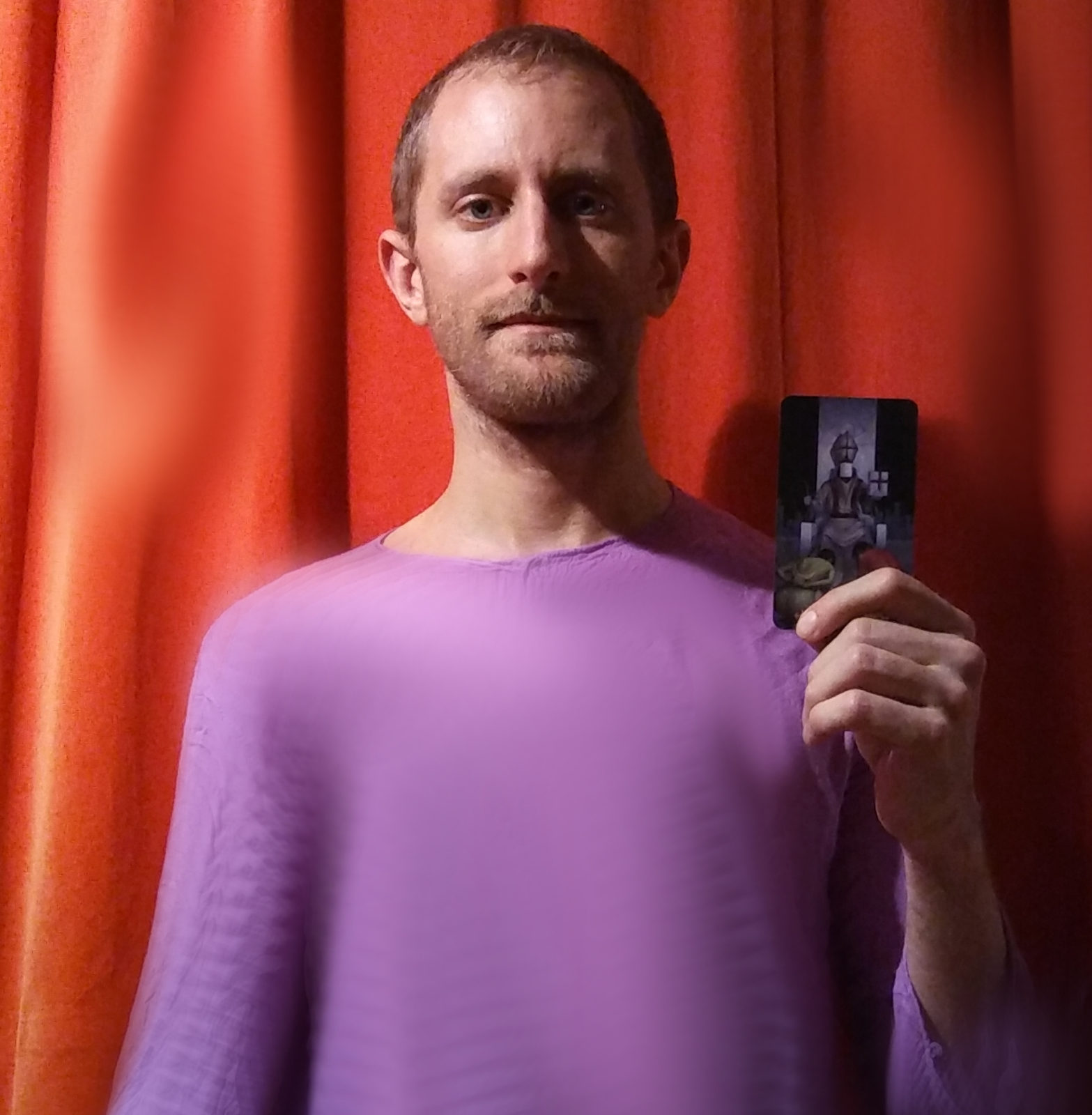Notifications

6 minutes, 13 seconds
-5 Views 0 Comments 0 Likes 0 Reviews

Living with Dissociative Identity Disorder (DID) is a deeply complex experience that often involves navigating an inner world filled with multiple distinct identities, memories, and perceptions. For many, this condition can feel like a constant rollercoaster—an intricate dance between fragmentations of the self and the longing for inner harmony. The journey toward wholeness is not a straightforward path; it requires patience, experienced guidance, and self-compassion. Understanding that DID is a trauma-based response, often rooted in severe early-life abuse or neglect, helps individuals and their support systems approach the condition with empathy and a healing-oriented mindset. Living with DID is about finding balance, fostering internal communication, and moving toward a state of integrated awareness where all parts can coexist peacefully.
The experience of living with DID often involves a fragmented inner landscape, where different identities or "alters" serve specific functions based on past traumas. These alters might have their own memories, emotions, and ways of perceiving reality, which can make internal communication and self-understanding challenging. People with DID often experience gaps in memory or periods of dissociation where they feel disconnected from themselves or their surroundings. This internal multiplicity can lead to confusion, distress, and difficulty maintaining consistent relationships or stability in everyday life. Recognizing that this internal variation is a psychological adaptation to severe trauma rather than a flaw is key to cultivating self-compassion and acceptance on the healing journey.
Living with DID calls for a gentle, compassionate approach to oneself. Self-awareness becomes a cornerstone of healing—learning to recognize and honor the various parts of the self without judgment. Supporting oneself involves developing a loving curiosity about the different alters and what they represent, whether they carry memories of trauma, protective instincts, or parts that seek connection. Practicing mindfulness and self-reflection can help create a dialogue between these parts, fostering understanding rather than conflict. Cultivating self-compassion helps to soothe feelings of shame or guilt that may have accumulated due to the trauma and dissociation. When individuals begin to see their inner world as a mosaic of experiences that need kindness and integration, they set the stage for healing and wholeness to flourish.
Therapy plays a crucial role in supporting those living with DID. A trauma-informed therapist skilled in dissociation can gently guide individuals through processes of internal communication, trauma processing, and eventual integration. Techniques such as Internal Family Systems (IFS), Eye Movement Desensitization and Reprocessing (EMDR), and somatic therapies are often employed to facilitate healing. These approaches aim to access and communicate with dissociated parts, reconcile traumatic memories, and foster cooperation among inner identities. The goal isn’t necessarily to eliminate the multiplicity but to create harmony, where all parts work together constructively. Over time, with consistent support, many find that their internal world becomes more unified, allowing them to experience life with a greater sense of control and emotional balance.
Living with DID can sometimes feel isolating, but having a strong support system is vital for sustained healing. Trusted friends, family members, or support groups who understand dissociation and trauma can offer reassurance and validation. Connecting with others who share similar experiences can also be empowering, reminding survivors that they are not alone. Professional mental health support is essential, particularly therapists who have specialized training in dissociative disorders, as they can provide tailored interventions that respect the survivor’s pace and boundaries. Creating a supportive environment involves establishing safety, consistency, and understanding that healing is a gradual process. Building this network of support helps foster resilience and encourages individuals to continue their path toward wholeness.
Living with DID involves a continuous journey of self-discovery—learning about the different parts, understanding their origins, and exploring their roles within the larger self. This process often reveals deep insights into how trauma has shaped the individual and what needs to be healed. Embracing the journey means celebrating small victories and recognizing progress, even if it's slow or nonlinear. It also entails accepting that healing is an ongoing process rather than a finite goal. For many, this process leads to an awakening of self-awareness and inner harmony, where the parts can communicate and cooperate rather than conflict. Moving toward wholeness is about creating a life where all facets of the self are acknowledged, respected, and integrated, fostering a sense of peace and authenticity.

